Your heat exchanger is one of the critical components that can fail during the life of your furnace. A malfunction can diminish the heating system’s performance and be a hazard in your household. Here are some facts about the heat exchanger and how it works.
WHAT IS A HEAT EXCHANGER?
The heat exchanger is a furnace component that moves heat from the combustion chamber to your furnace. It pulls cold air from inside your home and moves it along the walls of the heat exchanger to facilitate heat transfer.
A heat exchanger ensures your home is comfortable and safe during the wintertime. If this part is faulty, it can cause inefficiencies and raise safety concerns. When you detect malfunctions in your heating system, you can rely on SouthCoast HVAC and our emergency service crew in Santa Fe.
WHAT IS THE PURPOSE OF A HEAT EXCHANGER?
The primary role of a heat exchanger is to prevent combustion gases from escaping into the house. Its metal walls can absorb heat from the combustion gases and can transfer the heat energy to the cold indoor air.
Heat exchangers are made of materials that can withstand high temperatures. Otherwise, the walls would break, and flue gases could escape into your home. Such activity can raise the risk of carbon dioxide poisoning, which leads to complications and death in extreme cases.
Nonetheless, even a quality heat exchanger can deteriorate due to a combination of factors, such as corrosion and overheating. It is always wise to check that your carbon monoxide detectors are working.
Carbon monoxide is both odorless and colorless, and there is no reliable way to detect it other than with specialized sensors. Your heating service will ensure that the sensors are functional during the annual maintenance service.
CONDENSING FURNACES AND HEAT EXCHANGERS
For years, manufacturers have been searching for the most efficient heat exchanger design for heating systems. One of the most recent innovations is the two-stage system in condensing furnaces.
A condensing furnace passes the flue gases through two heat exchangers. The primary heat exchanger is closest to the combustion chamber and transfers most heat. The secondary system absorbs any remaining heat from the flue gases, forming condensation in the process.
The most recent furnace models have heat exchangers made of stainless steel or special alloys. They can withstand high temperatures and rust. The welding on the joints is also of a higher quality than in older furnace models.
COMMON HEAT EXCHANGER FAULTS
Like most components, your heat exchanger can deteriorate over time. Several factors may speed up corrosion or cracks on its metal walls.
Airflow obstruction is one of the leading reasons for overheating in your furnace. Filter clogging and blockages on the vent can restrict the airflow, causing the heat exchanger to turn red hot.
The metal joints and plates may eventually succumb to the stress of overheating. The joints will loosen, and cracks may appear that let fumes get into your house.
Another factor is corrosion on the metal parts of the heat exchanger. Rust deposits can compromise the performance of the metals under extreme heat. Your furnace will have to keep running because of the loss in heating efficiency.
Some issues may arise due to system design mistakes during installation or repairs. Certified furnace professionals have experience to compute the flow rate and other critical variables when choosing a heat exchanger. For new heating system installations, you can talk to SouthCoast HVAC and our NATE-certified team in Santa Fe.
WHAT IF YOUR HEAT EXCHANGER IS FAULTY?
If the heat exchanger is faulty, it is best to contact a certified professional to troubleshoot your system. Heat exchanger problems can pose a carbon monoxide hazard. If you try to fix intricate components of your furnace, you can worsen the issue and create a danger for your family.
Additionally, manufacturers will not honor your warranty unless a certified technician performs the repairs. Different models have varying specifications. A substandard replacement process could trigger other complications in your furnace.
You can prevent issues with your furnace by scheduling routine maintenance every year. Maintenance technicians have the expertise and the tools to detect the tiniest cracks in your furnace. In the initial stages, there is a chance you can fix the issue without replacing components.
Since 2006, SouthCoast HVAC has been offering dependable heating and cooling services to residents of Santa Fe. As a family-owned company and a member of ACCA, we provide top-notch home comfort solutions. You can rely on our fast and efficient team for indoor air quality services and preventative furnace and AC maintenance. Contact our exceptional customer service team today for more details.


